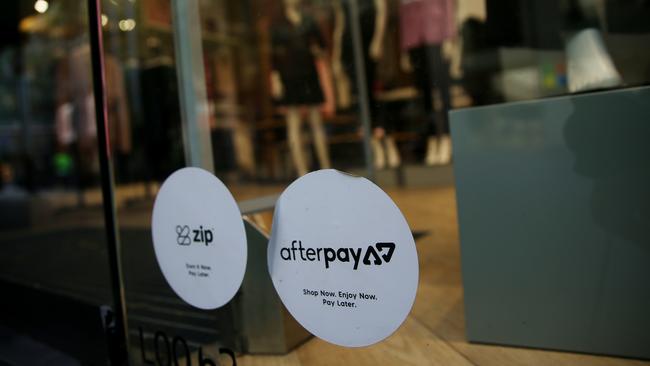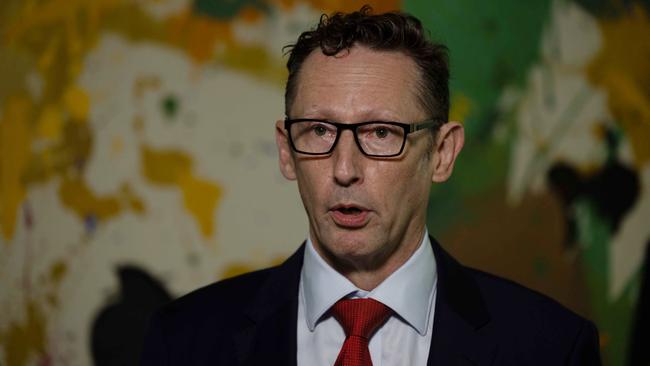
The Australian Financial Complaints Authority’s submission provides insight into an increasing number of issues that have been brought to its attention as the BNPL sector has grown.
Along with that are systemic problems AFCA has uncovered in the sector, which are alarming to say the least.
“In these cases, the BNPL providers breached the AFCA rules by proceeding with debt collection while AFCA was considering complaints relating to the debts,” AFCA said in the submission.
AFCA received 3387 complaints relating to BNPL in the four years ended November 2022, and 1081 of those were accepted. While the headline numbers are not huge, the agency admitted the data may be understated.
“We highlight that the statistics likely understate BNPL complaints because they do not cover any complaint relating to BNPL made against an AFCA member not in the BNPL group,” AFCA said.

“BNPL providers are subject to less onerous obligations, meaning there is less scope for the breaches of obligations that may give rise to complaints, and fewer requirements around the collection and reporting of complaints.
“In this context, low complaint numbers should not be treated as reliable evidence that the current regulatory settings for BNPL are satisfactory.”
The content of the complaints should be closely scrutinised by Treasury as it forms a view on which of three regulatory models to pursue.
Service quality and unauthorised transactions were listed by AFCA as the top two complaints by BNPL customers. They were followed by credit inquiry, incorrect fees and costs, and a failure of the BNPL provider to respond to a request for hardship assistance.
“Service quality has been the most prevalent issue in BNPL complaints. This issue category can encompass a wide range of matters,” AFCA’s submission said.
“AFCA is concerned that failure to respond to requests for financial assistance has featured as one of the top issues in BNPL complaints in recent years. Consumers making these requests generally require prompt responses.”
While AFCA shied away from clearly endorsing which model the government should follow, it said it believed all Australian BNPL providers should be required to maintain AFCA membership. That would suggest support for Treasury’s middle ground or third option.
“Access to EDR (external dispute resolution) is a crucial element of consumer protection. Options two and three, which involve licensing, would require AFCA membership,” the submission said.
Treasury’s lightest and first BNPL regulatory option would amend the Credit Act to impose an industry-specific requirement for BNPL providers to check that a product was not unaffordable. That would rely on co-regulation and the strengthening of an existing industry code, but BNPL players would not require a licence.
The second option requires players to obtain and keep a credit licence, and abide by responsible lending rules, specific to BNPL products. That would see firms determine if instalment products were unsuitable for consumers.
Treasury’s third option would regulate the sector in the same way as other credit products, such as home loans. That requires players to hold a licence and conduct responsible lending checks to assess whether a customer can afford repayments.
The corporate regulator’s BNPL submission firmly supported the adoption of the third – and toughest – reform option.

“ASIC’s work to date suggests that there is generally little evidence to support reduced responsible lending obligations for buy now, pay later providers,” the submission said. “There is room in the existing regulatory framework for flexibility and further modification to lender obligations in appropriate circumstances.”
The regulator also highlighted the BNPL sector had not been tested in a challenging economic climate, and that was already playing out as funding costs have markedly risen causing havoc across parts of the industry.
“The harms identified in ASIC’s work on buy now pay later arrangements suggest the starting point for consumer protections should be the same as credit products with comparable harms,” the regulator’s submission said.
“The buy now, pay later industry is still maturing and these harms have not been measured across economic cycles. Any form of regulation needs to be fit for purpose across those cycles, and accommodating of continuing evolution of the products offered to consumers.”
The sector has been doing it tough particularly as the Reserve Bank has aggressively hiked interest rates to 3.35 per cent since May.
ASX-listed Openpay appointed receivers this month while other BNPL players have axed costs in an attempt to ride out the challenging climate, which will also spur higher credit losses.
Treasury will have to wade through 77 submissions to its BNPL review, including those that advocate option one and lighter regulation.
They include BNPL giant Afterpay, smaller peer Brighte and the Australian Retailers Association. The latter also raised the issue of allowing merchants to surcharge and recoup BNPL fees.
“We therefore believe that a review of the surcharging framework to ensure it remains fit for purpose, promotes sustainable business models and is consistent with consumer expectations in the modern, increasingly digital payments market, would be appropriate,” the ARA said.
ANZ’s submission backed option three, which aligned with Westpac’s view.
National Australia Bank and Commonwealth Bank supported the middle ground option.
Assistant Treasurer Stephen Jones on Thursday noted Australians had embraced BNPL and said the government wanted to land the “right balance in competition, innovation and consumer protection” in its reforms.




As the Albanese government assesses how to best tackle regulation in the buy now, pay later sector, close analysis of several submissions to the reform consultation may greatly assist.